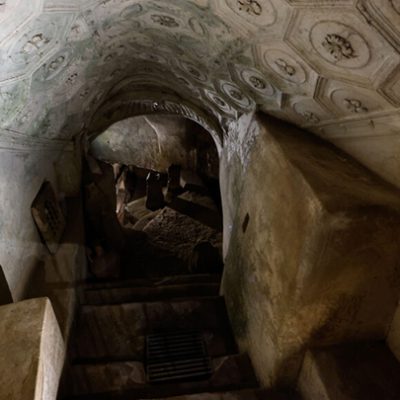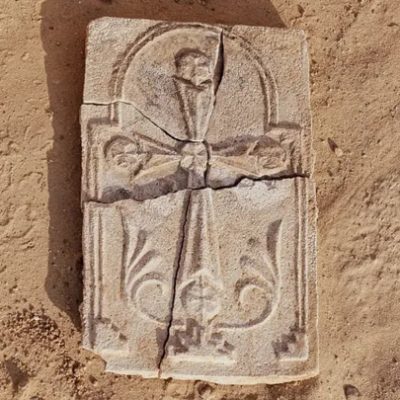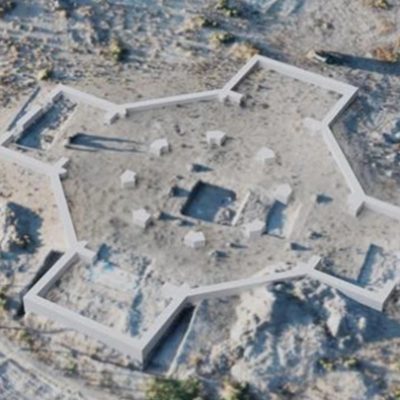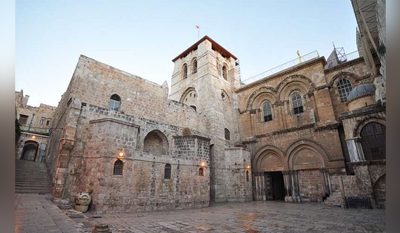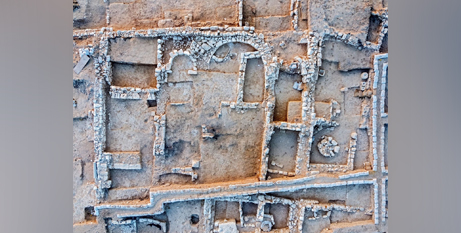
According to the Israel Antiquities Authority, the discovery of a Byzantine-period church in the northern Negev opens a window to the world of Christian pilgrims. Source: OSV News.
The discovery of wall art depicting ships on the church has excited archaeologists.
“The drawings provide first-hand evidence about the ships they travelled in and the maritime world of that time,” said IAA Director Eli Escusido, describing the finds in southern Israel’s large desert as “surprising and intriguing”.
The IAA has been carrying out a rescue excavation for several years at the archaeological site located in the Bedouin city of Rahat in preparation for a neighbourhood expansion project.
Excavation directors called the find “a greeting from Christian pilgrims” who arrived by ship to Gaza port, telling the story of settlement in the Northern Negev at the end of the Byzantine period (from approximately AD 395 – when the Roman Empire was split – to 1453) and in the beginning of the early Islamic period.
The archaeologists suggest Christian pilgrims visited the church after landing in the port, leaving their personal mark in the form of ship drawings on its walls.
Though depictions of ships were used as a Christian symbol in ancient times, they said they believed that in this case the drawings of ships were a true graphical depiction of the real ships in which the pilgrims travel to the Holy Land.
“The pilgrims began their pilgrimage following Roman roads leading to sites sacred to Christendom, such as Jerusalem, Bethlehem, the monasteries in the Negev Hills, and in the Sinai,” the archaeologists said.
“It is reasonable that their first stop after alighting from the ships in Gaza port was this very church revealed in our excavations south of Rahat. This site lies only a half-day’s walk from the port.”
FULL STORY
New archaeological discovery in Israel dubbed ‘greeting from Christian pilgrims’ 1,500 years ago (By Judith Sudilovsky, OSV News)



